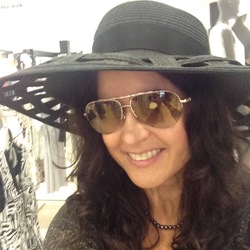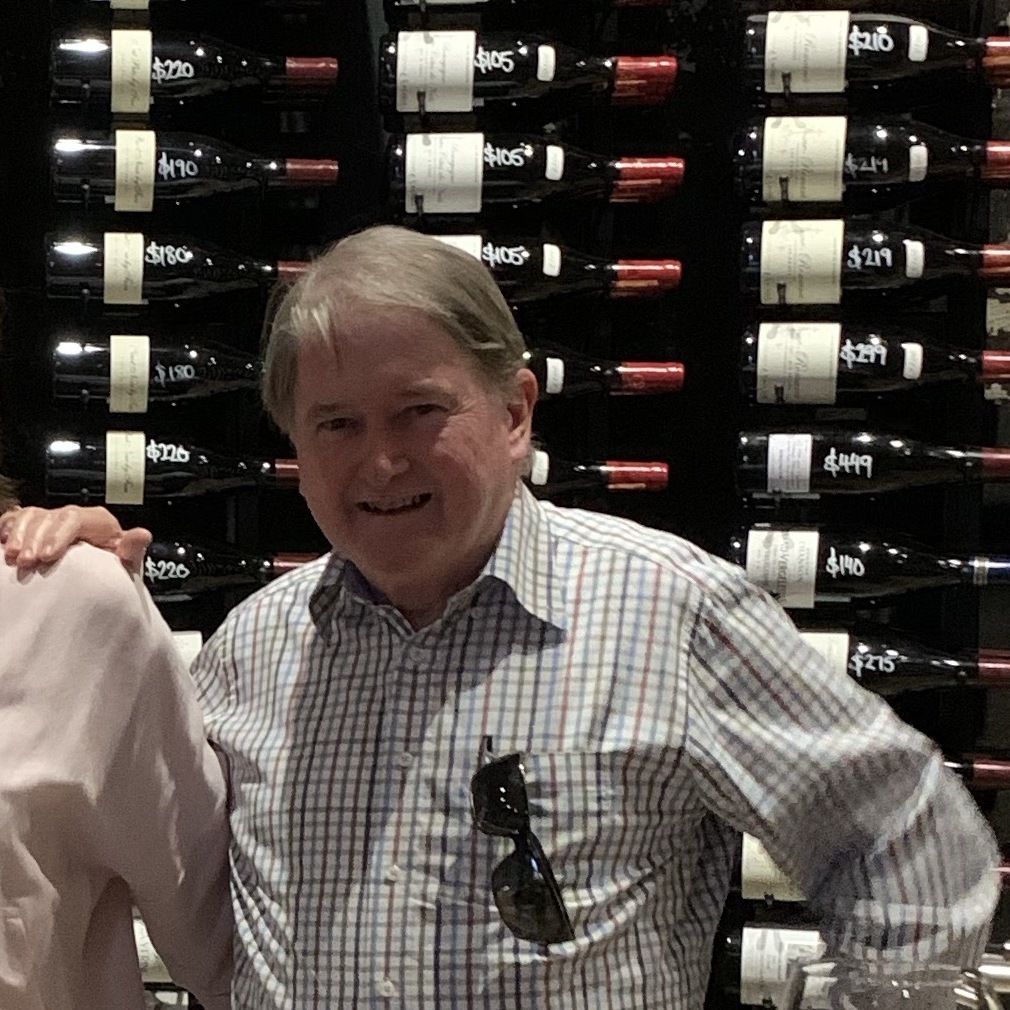Weather
La Côte Rêvée
Chemin des Sables Rosé Carignan Grenache
Wow, this is an amazing value wine at only $10! I confess, I didn't know anything about la Côtes Rêvée and assumed it was in Provence, due to the sweet lychee aroma. However, the medium plus acidity definitely makes sense for the Loire Valley. This delicate rosé has aromas of slightly underripe strawberry and raspberry, like they were the first crop of late spring. There is a bit of minerality that isn't quite smoke or gravel, but more like soft chalk. I would think from the aromas that the summer of 2015 (this vintage) was hot and they picked the grapes early. The varietals are Carignan (70%, increasingly popular in CA) and Grenache (30%).
I would pair this with a strawberry, goat cheese, and spinach salad or baked salmon with buerre blanc... mmm.... yes, definitely the salmon! Oooh, or shrimp scampi or pasta á la vodka! Definitely a food-friendly wine!
Word of advice: do not over-chill, otherwise you lose the aromas. 57-62 degrees is perfect for this wine, great for porch sitting when the weather is nicer! — 9 years ago
Stormy Weather
Napa Valley Cabernet Sauvignon
Might be my new favorite... The Plucky just received a few cases and was lucky enough to be offered this with dinner. — 10 years ago
Château d'Esclans
Whispering Angel Côtes de Provence Rosé Blend
Not a rose fan but I like this one. Tart up front but then a smooth finish. Pretty color. Perfect warm weather lunch wine. — 10 years ago
Opus One
Napa Valley Cabernet Sauvignon Blend 2009
Has a really pleasant mineral notes and silky smoothness on pallet. Had this 2009 vintage in a nice day with a nice weather in Opus one Winery at Napa. — 10 years ago
Habit Wine Company
Jurassic Park Vineyard Chenin Blanc 2013
Pure stone fruit. None of the nasty sweetness I remember from Chenins years ago. A really nice warm weather wine that leaves you feeling like you just had a peach. — 10 years ago
The Seventy Five Wine Company
The Sum Red Blend
Easy to enjoy, maybe not with the weather too hot. — 10 years ago
Matua
Marlborough Sauvignon Blanc 2014
Very crisp. Grapefruit and green apple. Served cold. Nice warm weather wine. — 11 years ago
Bieler Père et Fils
Sabine Aix en Provence Rosé Blend 2013
Rose. Great warm weather wine. — 11 years ago
Pine Ridge Vineyards
Clarksburg Chenin Blanc + Viognier Blend 2012
Had at Rail House. Very good, light, crisp, perfect for summer weather! — 12 years ago
Piero Mancini
Vermentino di Gallura
This a really nice wine! I drink each vintage and it's fairly consistent. I paired this Vermentino with an angel hair pasta, bathed in an infused truffle cream and mushroom sauce. All of a sudden my humble California abode felt like I was in Sardinia, Italia! Wine can do that! Isn't that why we love it? BEST with food, warm weather and friendships. Waxing poetic is easy after a few glasses of this beauty. And it's a value play! — 9 years ago
Château Saint-Pierre
Cuvée Tradition Côtes de Provence Rosé Blend 2015
Pretty damn good dry rosé. Great summer weather wine. Finish leaves you wanting more. — 10 years ago
Andrea Reale
Getis Costa d'Amalfi Rosé Blend 2014
2014 Italian red
Fruity, light, good for spicy food, hot weather
Bought 2015 Milan — 10 years ago
Red Car
Estate Vineyard Fort Ross-Seaview Syrah 2011
Awesome. Cool weather Syrah wins. — 10 years ago
St. Supéry Estate Vineyards
Napa Valley Sauvignon Blanc 2014
Great wine for the hot Houston summer weather. — 10 years ago
Quinta das Arcas
Arca Nova Espadeiro Rosé
Perfect for warm weather. Berries, tart, effervescent. — 10 years ago
Aphros
Loureiro 2013
Refreshing and crisp with some nice mineral flavours. Perfect for the warmer weather. — 11 years ago
The Ojai Vineyard
California Rosé Blend 2013
Pink wine is really tasty in 90 degree weather — 11 years ago
Weather
Russian River Valley Pinot Noir 2012
Had at The Smokey Rose? Smokey and very good. — 9 years ago
Domaine Montrose
Rosé Vin de Pays de l'Hérault 2016
Mix of Syrah, can sauv, and garnacha, limestone off the nose with hints of lime, abundant strawberry and slight melon. Easy to drink especially during warm weather. Would recommend to pair with almost anything other than a number of steaks. — 9 years ago
Cloudy Bay
Marlborough Sauvignon Blanc 2014
Bold grapefruit, effervescent zip. Perfect for 90 degree weather. — 9 years ago
Lagavulin Distillery
Aged 16 Years Islay Single Malt Scotch Whisky
One of the peatier Single Malts around and being from the West and being a McDonald, one of my favourites. Seaweed and spirity with the expected heat on the throat. A good evening tipple as the colder weather sets in. — 10 years ago
Saxum Vineyards
Heart Stone Vineyard Syrah Blend 2011
This one is complex it starts off with a nice raspberry fruit board and finishes very interesting, definitely something to enjoy when the weather is a little colder — 10 years ago
Hay Maker
Marlborough Sauvignon Blanc 2014
Refreshing in hot humid weather. Crisp — 10 years ago
Southold Farm + Cellar
Weather to Fly Pétillant Naturel Old Gristina Vineyard Sparkling Chardonnay
Typical pet-nat. Delicious and bubbly with a yeasty finish. Not too funky. — 10 years ago
Liquid Farm
Vogelzang Vineyard Mourvedre Rosé 2014
Perfect for 100 degree weather. Drink more Rose Arizona! — 11 years ago
MacRostie Winery & Vineyards
Wildcat Mountain Vineyard Chardonnay 2012
I've been too drunk the last two weeks to upload any of the wines I've had. This ones pretty good. Easy drinker. Clean. Delineated. Nice fruit. Not much structure. Like a good warmer weather Chablis. I'm high as shit. — 11 years ago
Les Vins Breban
l'Opale de la Presqu'ile de Saint-Tropez Côtes de Provence Rosé Blend
Glass of rose and patio ;) in this kind of weather - simply perfect — 11 years ago
















Stephanie
Strawberry jam wine. Drank this during a rare heat spell. Light enough for the warm weather, and fruitiness was very refreshing. Once paired with food, the fruitiness was a bit excessive. — 8 years ago